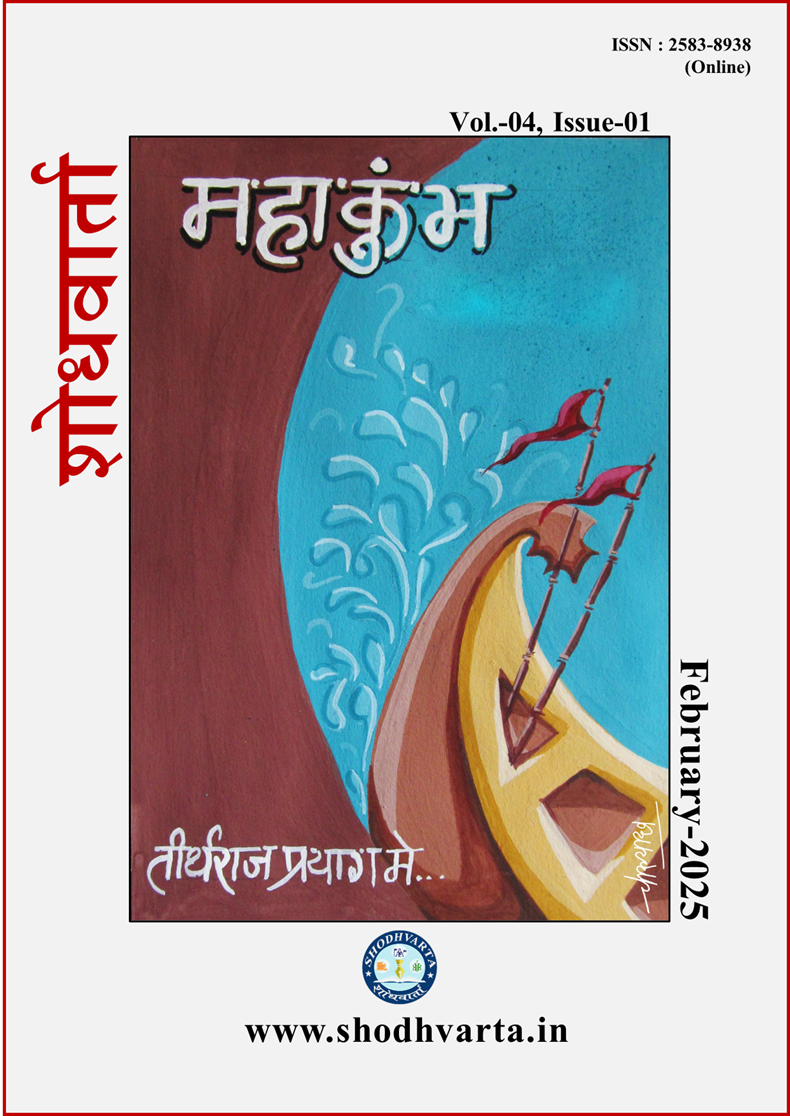Transformative Journey of GST in Karnataka – A comparative analysis of the past five years
Keywords:
Goods and Service Tax, GSTR, Indirect tax, Registered PersonsAbstract
Goods and Service Tax (GST) is a successor to Value Added Tax. GST came into effect on 1st July 2017 through the 101st Amendment of the Constitution. Goods and Service Tax (GST) is levied on the supply of goods and services. Goods and Services Tax Law in India is a comprehensive, multi-stage, destination-based tax that is levied on every value addition. GST is a single domestic indirect tax law for the entire country. GST is mainly technologically driven. All the activities like registration, return filing, application for refund and response to notice needs to be done online on the GST portal, which accelerates the processes. The implementation of GST in India aimed to create a unified and simplified tax regime, replacing multiple indirect taxes levied by the central and state governments. Karnataka, being one of the leading states in terms of economic and industrial growth, provided an interesting study to analyze the impact of GST. Through a comparative analysis of secondary data sources, including government reports, academic articles, and industry publications, this study explores the changes brought about by GST in Karnataka's taxation system and revenue generation. By synthesizing and interpreting existing data, this research provides insights into the effectiveness of GST in Karnataka and its contribution to the state's economic growth and development. This study revealed that central government revenue increased because of GST. But, when it comes to the question of Karnataka, compare to the initial days of introduction and recent years Karnataka’s revenue has increased.
Downloads
References
Adhana, Deepak and Raghuvanshi, Rebhava Raj, Goods and Service Tax (GST): A Game Changer for Indian Economy (March 31, 2019). Proceedings of National Conference on 'Contemporary Issues in Business Excellence in the Era of Digitalization' (CIBEED -2019), http://dx.doi.org/10.2139/ssrn.3452717
Dr. M. K. Baby (2020), Three years of GST Regime: A Critical Review, Shodh Sanchar Bulletin, Vol. 10, Issue 40, October-December 2020, Page Nos. 194-199, ISSN - 2229-3620
Dr. Selvi S, Retrekar Aishwarya Gururaj (2022), A Study on the Impact of Covid 19 on the GST Collection, International Journal of Recent Research in Commerce Economics and Management (IJRRCEM) Vol. 9, Issue 1, pp: (65-76), Month: January - March 2022
Nayaka, B., & Panduranga, V. P. (2019). Analysis of Impact of Goods and Services Tax on Indirect Taxes of Karnataka State. The Indian Economic Journal, 67(1–2), 117–127. https://doi.org/10.1177/0019466220941665
Neeta Subhash Sharma, Vijay Dayama (2020), A Study on Comparative Analysis of GST Revenue, International Journal of Research in Engineering, Science and Management Volume-3, Issue-6, June-2020, ISSN (Online): 2581-5792
Usha M.N, Dr. Venkatesh S (2022), A Study on Impact of Goods and Services Tax (Gst) on Manufacturing Sector in Karnataka, International Journal of Mechanical Engineering, ISSN: 0974-5823 Vol. 7 No. 4 April, 2022.
Annapoorna. (2025, January 16). Comparison of GSTR-3B vs GSTR-1: Importance, , Reconciliation & Report. Cleartax. https://cleartax.in/s/gstr-3b-vs-gstr-1-comparison
Annapoorna. (2025b, January 17). GST Return - What is GST Return? Who Should File, Due Dates & Types of GST Returns. Cleartax. https://cleartax.in/s/gst-returns
Downloads
Published
Issue
Section
Categories
License
Copyright (c) 2025 Harshith Kumar Shetty N

This work is licensed under a Creative Commons Attribution-ShareAlike 4.0 International License.





